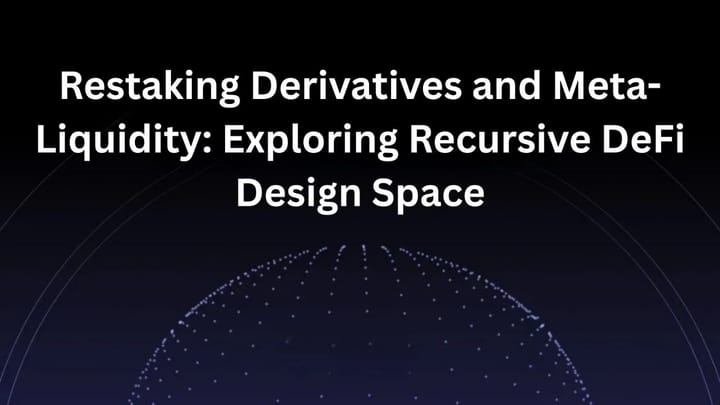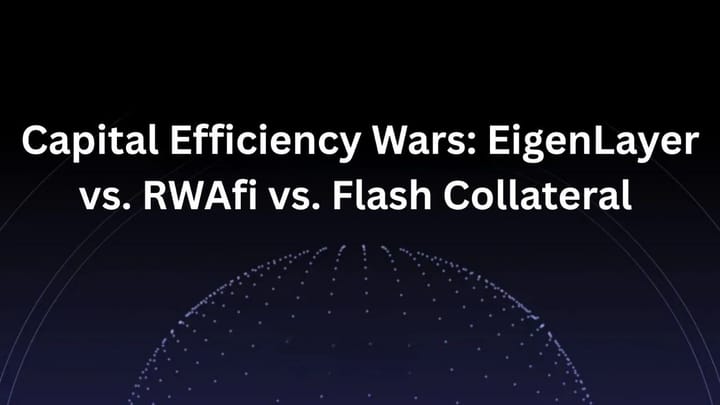IBC Eureka: How Cosmos Hub Is Becoming the Heart of Multichain

The Classic Blockchain Interoperability Problem
The world of blockchain is still divided into many ecosystems. Ethereum, Cosmos, Solana, Arbitrum — each one is growing rapidly, but they remain siloed.
To connect these ecosystems, we’ve traditionally relied on bridges. However, this model brings several serious issues:
- High security risks: Bridges are often targeted by major attacks.
- Fragmented liquidity: Assets and users are spread across multiple bridges.
- Complexity for developers: Developers have to manage manual connections to various networks.
Cosmos already offers an interoperability solution with IBC (Inter-Blockchain Communication), but until now, IBC was limited to chains built using the Cosmos SDK.
So, how can we connect Cosmos to the outside world, like Ethereum?
The answer: IBC Eureka.
What is IBC Eureka?
IBC Eureka is an extension of the IBC protocol that expands interoperability beyond the Cosmos ecosystem, starting with Ethereum — and soon to Solana, Arbitrum, Base, and more.
Here’s what makes Eureka special:
- Protocol-native: It doesn’t rely on external bridges that are prone to attacks.
- Light client-based: Ensures maximum security through status proof verification between blockchains.
- Centralized in Cosmos Hub: All cross-network transactions are coordinated through the Cosmos Hub.
With IBC Eureka, asset and data transfers between ecosystems are more secure, efficient, and trustless.
Key Components Behind IBC Eureka
There are four main pillars that make Eureka work:
1. IBC v2
An upgraded version of IBC that allows:
- Communication between non-Cosmos SDK chains.
- Faster and more secure transaction relaying.
2. Succinct SP1
A Zero Knowledge Proof (ZKP) engine that:
- Runs the Tendermint Light Client within Ethereum.
- Generates status proofs for Ethereum blocks in a trustless manner.
3. Cosmos Hub
Acts as:
- The primary coordination layer for all cross-chain transactions.
- A validator of proofs from other chains.
4. Skip:Go
An aggregator DEX and bridge, enabling:
- One-click transfers across hundreds of blockchains.
- A transaction volume of over $800 million per month.
How Does IBC Eureka Work?
Here’s how the transfer process works through Eureka:
- The source blockchain (e.g., Ethereum) generates a proof of the status of its block.
- Cosmos Hub receives and verifies this proof through the light client.
- Transactions are routed via Skip API to the target blockchain (e.g., Babylon, Elys, Injective).
- Assets or data move trustlessly, without additional intermediaries.
What Can You Do with IBC Eureka?
With Eureka, many cross-chain activities can now be done easily:
| Activity | Example Use Case |
|---|---|
| Asset Transfer | Send WETH, WBTC, USDT from Ethereum to a Cosmos chain. |
| Multichain DeFi | Use Bitcoin Liquid Staking Tokens in Cosmos DeFi like Babylon. |
| Liquidity Access | Cosmos DeFi platforms can pull liquidity from Ethereum. |
| Cross-chain Trading | Elys Network can trade assets across ecosystems. |
| Asset Distribution | Tokens like NIL, SEDA, mBTC can be available across multiple chains. |
Who’s Already Using IBC Eureka?
Projects Already Onboard:
- Babylon
- Elys Network
- Ether.fi
- Kinza Finance
- Solv Protocol
- PumpBTC
- Lorenzo Protocol
- Babypie
- SEDA
- Nillion
Coming Soon:
- dYdX
- Injective
- MANTRA Chain
- zkCloud
How to Access IBC Eureka?
- For Cosmos Blockchains:
Simply create one new IBC connection to the Cosmos Hub. It’s permissionless, no approval needed. - For Ethereum:
Currently, the routing between Ethereum ↔ Cosmos Hub is permissioned (only official relayers). However, it will become permissionless in the future. - For Users:
Simply visit go.cosmos.network to start transferring assets across chains!
Why is IBC Eureka Better than Traditional Bridges?
| IBC Eureka | Traditional Bridge |
|---|---|
| Native Light Client Security | Private Key Relay Operator |
| Consolidated Liquidity | Fragmented Liquidity |
| One connection for multiple networks | Many separate connections |
| Minimal operational costs | Expensive and complex |
| No additional intermediaries | Requires external validators/relayers |
The Future of IBC Eureka
Eureka is just getting started, and the roadmap ahead is ambitious:
- Expanding connectivity to Solana, Arbitrum, Base, and other EVM chains.
- Opening up permissionless relaying for all paths.
- Creating a cross-chain marketplace on Cosmos Hub for apps, liquidity, and services.
- Setting the global standard for blockchain interoperability based on IBC.
Conclusion
IBC Eureka is a major step forward in the evolution of blockchain —
transforming Cosmos Hub into the heart of global interoperability.
With one connection to the Cosmos Hub, developers and users can access hundreds of blockchains, build true multichain apps, and tap into billions of dollars in liquidity.
One connection. Infinite possibilities.
Welcome to the future of blockchain.


Comments ()